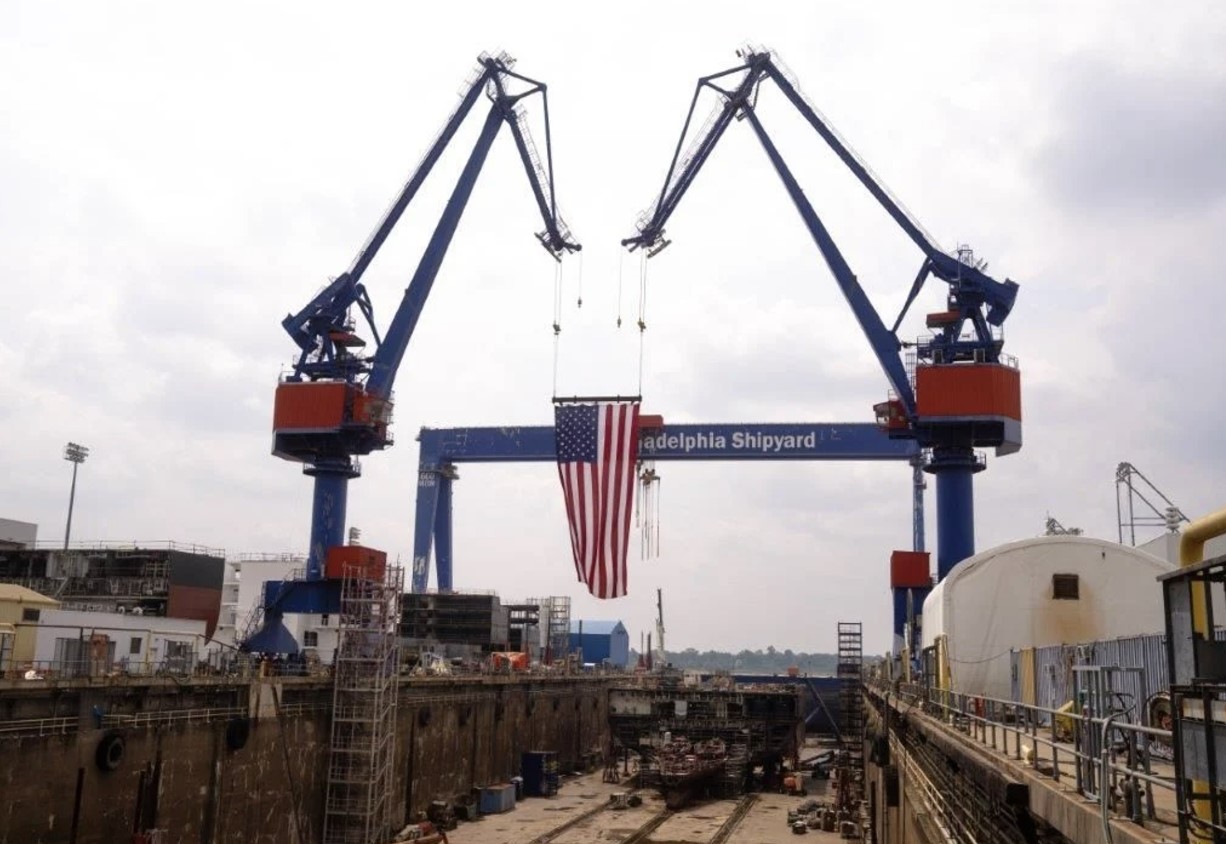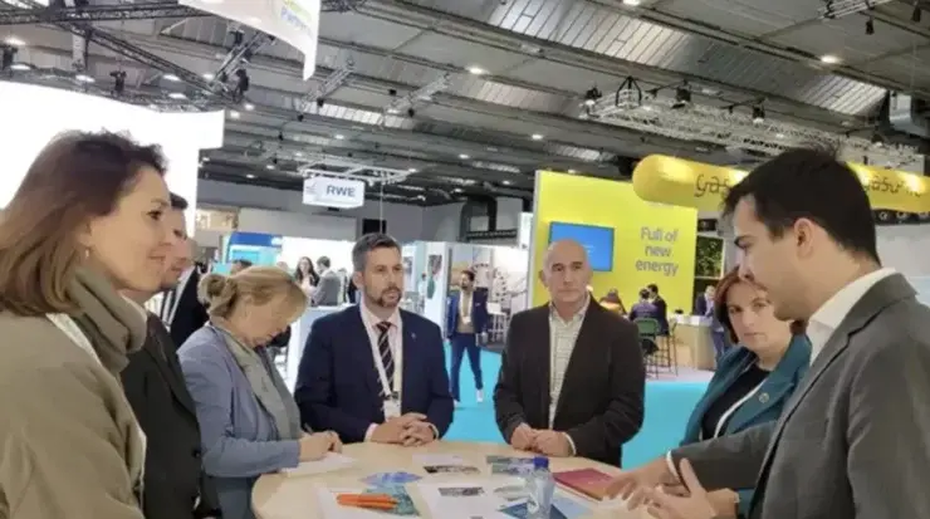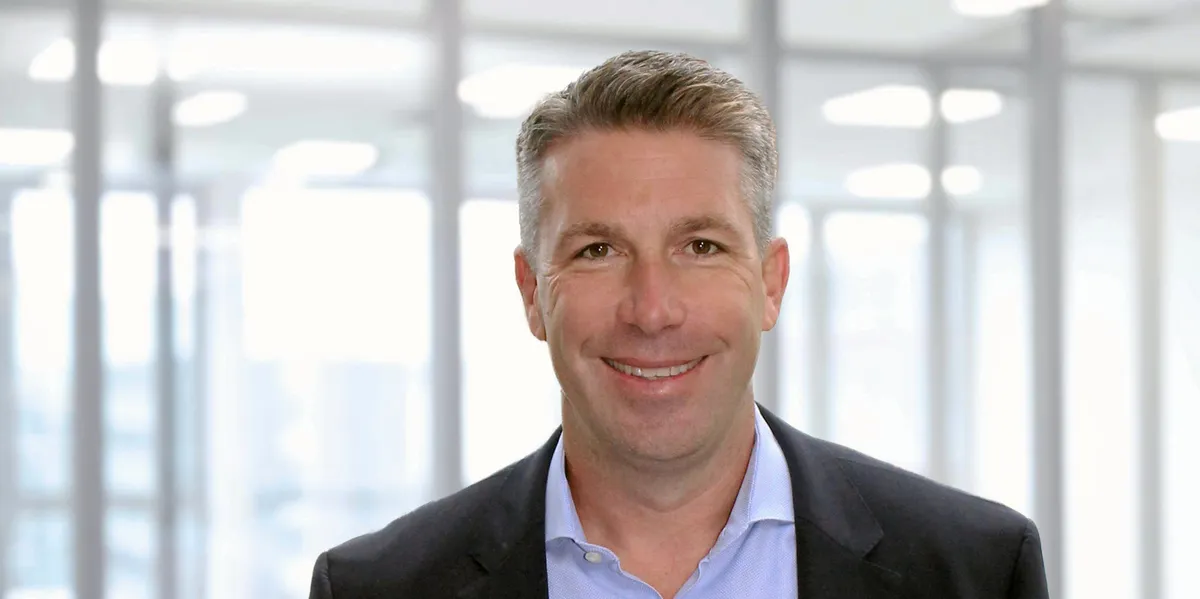
The pace of commercialization in the world of renewable chemicals is not often compared to the Jump to Light Speed. Nor does a hot and harried scamper across the Valley of Death come to mind. Actually, it feels like more like the push of the Indian subcontinental plate against the Asian continental mass, slow, disrupted and confused at the leading edge, requiring inordinate amounts of pressure. Yet, undeniable and, it seems, unquenchable. And capable over time of lifting the Himalayas to their lofty heights and changing the world forever and for the better. You might call it the Principles of Low-Carbon Tectonics.
New evidence for the Principles comes this week from Lygos , CJ Bio, Pyran and its new and continuing investors. Lygos and CJ BIO have signed an MOU to develop a commercial-scale biorefinery complex in Fort Dodge, Iowa, Meanwhile, Pyran raised a new financing round aimed at completing the front-end engineering design for their first commercial.
Major advances both. In our cover story in CIRCULAR last week, spent more time on the news from Lygos and CJ Bio. Thanks to a new interview with Pyran CEO Mel Leutkens and CTO Kevin Barnett, we have more color to offer as well on the Pyran side. So, we’ll lead with that today.
Over at Pyran
Lots of evidence here for the Principles of Low-Carbon Tectonics comes, from Pyran which closed its latest round of fundraising, which includes a $3 million investment from the lead investor, Kowa. Pyran’s Series B equity funding round raised over $5 million with investor support from Kowa and long-term investors such as the venture arm of Wisconsin Alumni Research Foundation (WARF) and Arosa Capital.
The Pyran product set
Yep, it’s pentanediol. Let’s visit the backstory.
You may recall, about the time the Digest was founded back in 2007, a multi-national product scandal that erupted when it turned out that a shipment of colorful set of children’s’ design beads, called Bindeez, was improperly made from 1,4 butanediol instead of the non-toxic plasticizer known as 1,5 pentanediol. Sounds like a harmless swap? Well, ingesting large quantities of plastic beads, as children are known to do, resulted in the chemical being metabolized into GHB, which is used as an anesthetic and a date-rape drug, known as liquid ecstasy.
While it was never conclusively established, so far as I know, why 1,4 butanediol was used instead of pentanediol, but we might simply note that 1,5 pentanediol, made in the traditional manner from glucaric acid, costs between two and seven times as much as 1,4 butanediol.
It’s a reminder that there are drivers for the bioeconomy that are unrelated to climate change. And a reminder, as we look at the pace of change, that these are hard targets. 1.5 pentanediol has been made from glucaric acid is not a “forever chemical” but it is a “forever made the same way chemical”. There are reasons of process and cost why alternatives have not emerged to making 1,5 pentanediol from glucaric acid.
Pyran’s progress: Top 8 Takeaways
In my conversation with Pyran’s chieftains, we learned a lot. Here are my Top 8 Takeaways.
The project. Think 20-thousands tons, a cost ranging from %70-100 million, and commissioning by the end of 2027. Think debt/equity, and a loan guarantee may be in the mix. Now, hexanediol and bio butanediol plants are in the 30-70-thousand tons range — so, a little smaller. Think here of a balancing act between getting to economies of scale without blowing out the capital ask.
Project location. Chalk up another win for the Gulf Coast, several sites under consideration. Access to infrastructure, brownfields, shipping and feedstocks (Pyran’s process requires furfural, traditionally made in the US from corn cobs, but now other feedstocks are in the mix, from cane to woody biomass.
Engineering. Front-end engineering design is almost complete, and the company now is engaged in the selection of contractor firms for the plant.
Tolling campaigns. The company has been doing contract manufacturing with tollers, to support product samples back when and sales at present. That will continue as the company ramps up to its 20-thousand ton plant. “We have customers that are really quite interested in product, and so we need to be able to toll at 1000s of tons, and in order to basically build that market interest, and they’re interested in, for example, setting up a bio based brands of their products, and so that all requires a kind of growing flow of material. So we’ll start with maybe five tons, 10 tons of a product that will grow to then orders around probably 100 of tons from several customers,” Mel Leutkens explained.
Product registration. Pyran has e completion of registration in Europe and there’s ongoing work in the UK.
Kowa partnership. Yes, there’s capital, but also this is a key distributor for the important Asian markets for Pyran, so mark it as a strategic investor, not just financial. “Kowa works very closely with one of our largest customers in Japan,” Kevin Barnett added. “They’re in the polycarbonate dials business. So through that relationship and through product sampling, and the success of product sampling in that market, we were introduced to Kowa and the relationship evolved pretty quickly. They do have an American holding company, but we’ve also developed a relationship with the headquarter team in Japan.”
Goals this season. As Mel Leutkens expressed it, strategic partners are a key. “Strategics in polymers, essentially, large chemical companies, certainly are of interest, They generally have engineering capabilities, deep expertise and HSE engineering expertise, access brownfield sites, and downstream customers. Also, feedstock owners. We have distribution covered with Kowa, but we are looking for strategics in those other aspects.”
Opportunities down the line? “It’d be great for us to work with somebody in the diamine business and produces c5 diamine. We know that Cathay Bio certainly is taking amino acids and converting the diamines. That’s an expensive process. We believe we have a much better process that gets you into the nylon markets.”
The Pyran backstory
We first reported on Pyran back in 2020 for a small grant here – and we picked up on the story with a Competitive Edge Q&A here: The company was on the ABLC stage back in 2021, more on that here,. Things really got moving last year when we reported in “Sun Diol” that Pyran had broken through on a cost-advantaged biobased alternative to pentanediol.
But it goes back even deeper into the misty dawn of industrial biotech. Here’s the original project on production of diols from biomass that was led by the eventual co-founders of Pyran, when Kevin Barnett was a PhD student at the University of Wisconsin and Kefeng Huang was a post-doc.
The company continues to transform and scale its technology into meaningful commercial solutions for several industries. It has produced tons of bio-based products and sells them to early customers to qualify them for bio-based products in their targeted markets and applications.
The Lygos CJ Bio deal
Now, onto more evidence for the Principles of Low-Carbon Tectonics — or, put another way, it’s going to take time, more time than most people like to admit, but just because the rain doesn’t come quickly doesn’t mean there won’t be a rainbow.
Take for example the expanded tie-up between Lygos and CJ Bio, that will result in Lygos’ first commercial. The biorefinery complex, a series of facilities that use sustainable feedstock to create high value chemicals and materials, will utilize infrastructure and capabilities from CJ’s existing site, and Lygos will develop additional facilities and downstream operations for the production of its products. Lygos plans to break ground in 2025 and be operational by the end of 2027.
The Lygos backstory
We first reported on Lygos when it was first spun out of JBEI in 2012, in “I Want a New Bug”. here. We added more in Death Valley Days: The Bioeconomy Financing Saga later that year, here, . Support from DOE followed, here, and we looked at the company’s progress in the Bio Incredibles, here, in 2014, . Rumors of work with the Queensland’s bio-based ambitions followed, work inside the AB PDU, Even work on cannabinoids, here. Around that, CJ Bio’s increasing engagement with synbio and in and around the Bay Area. Then, a massive SPAC merger with FSI, ultimately cancelled, a partnership with Flexible Solutions to branch into aspartic acid, a partnership with Praj for lactic acid. Plus, research partnerships with U Mass and Ginkgo BioWorks. Then, a tie-up with CJ Bio and Lygos last year, and now this. Point is, it’s a long Walk to Fossil Freedom.
Pyran uses intermediates from renewable feedstocks, such as corn cobs, wood and sugarcane bagasse, to make 1,5 PDO, enhancing the performance of everyday products such as paints, coatings, adhesives and more. The company’s renewable 5-carbon products, including 1,5 PDO, replace expensive and supply-constrained petroleum-based chemicals.
Reaction from the stakeholders
“CJ BIO has recently formed a precision fermentation CDMO (Contract Development & Manufacturing Organization) business to bring more bio-based solutions to market,” said Lance Choi, CEO of CJ BIO America. “Scaling up our existing CDMO partnership with Lygos to manufacture commercial quantities of their products will help us serve our mission to deliver innovative and sustainable products to large markets.”
“We’ve identified clear, higher performance value propositions with our customers, launched those products to the market, and are now pleased to be expanding our partnership with CJ to develop a biorefinery complex in Fort Dodge to commercially manufacture our products at a readily expandable facility,” said Eric Steen, Founder and CEO of Lygos. “We’re looking forward to contributing to a community with a rich and growing history in biomanufacturing.”
“CJ has been a valuable part of our community for over 12 years,” said Astra Ferris, CEO of Greater Fort Dodge Growth Alliance. “We are excited to welcome Lygos to Fort Dodge and look forward to working together as we continue to establish our city as an innovation hub for biomanufacturing.”
“This strong investor support further fuels our ability to scale our technology and complete the necessary steps to begin operating a world-scale commercial plant with renewable feedstocks in 2027,” said Kevin Barnett, Pyran co-founder and chief technology officer.
Pyran CEO Mel Luetkens added: “This latest investment from Kowa reinforces our ability to expand our high-performance, cost-efficient products and technology portfolio. We are pleased that Kowa shares Pyran’s vision for the potential of bio-based, 1,5 PDO and contributing the resources needed for commercialization.”
“This investment allows us to expand our role in the bio-based specialty chemicals value chain, in which we have growing global market access, with a new product and opportunities for derivatives that have wide ranging impact on making everyday products more sustainable, and with a talented team with whom we have developed a very good working relationship,” said Satoshi Hata, Kowa Holdings America’s President.
The Bottom Line
The progress is real and welcome, even sublime. The timelines? Well, it just takes so darn long to bring biobased chemicals to scale, too long for many venture investors who balk at the costs, the risks and the long lines before you can take a ride on the Victory Lap Glory and Money Ride. Will that change? Inquiring minds are working on that now — however, on any time scale, it’s welcome news to see the advances at Lygos and Pyran.







